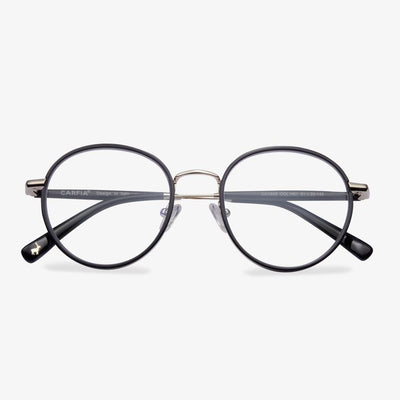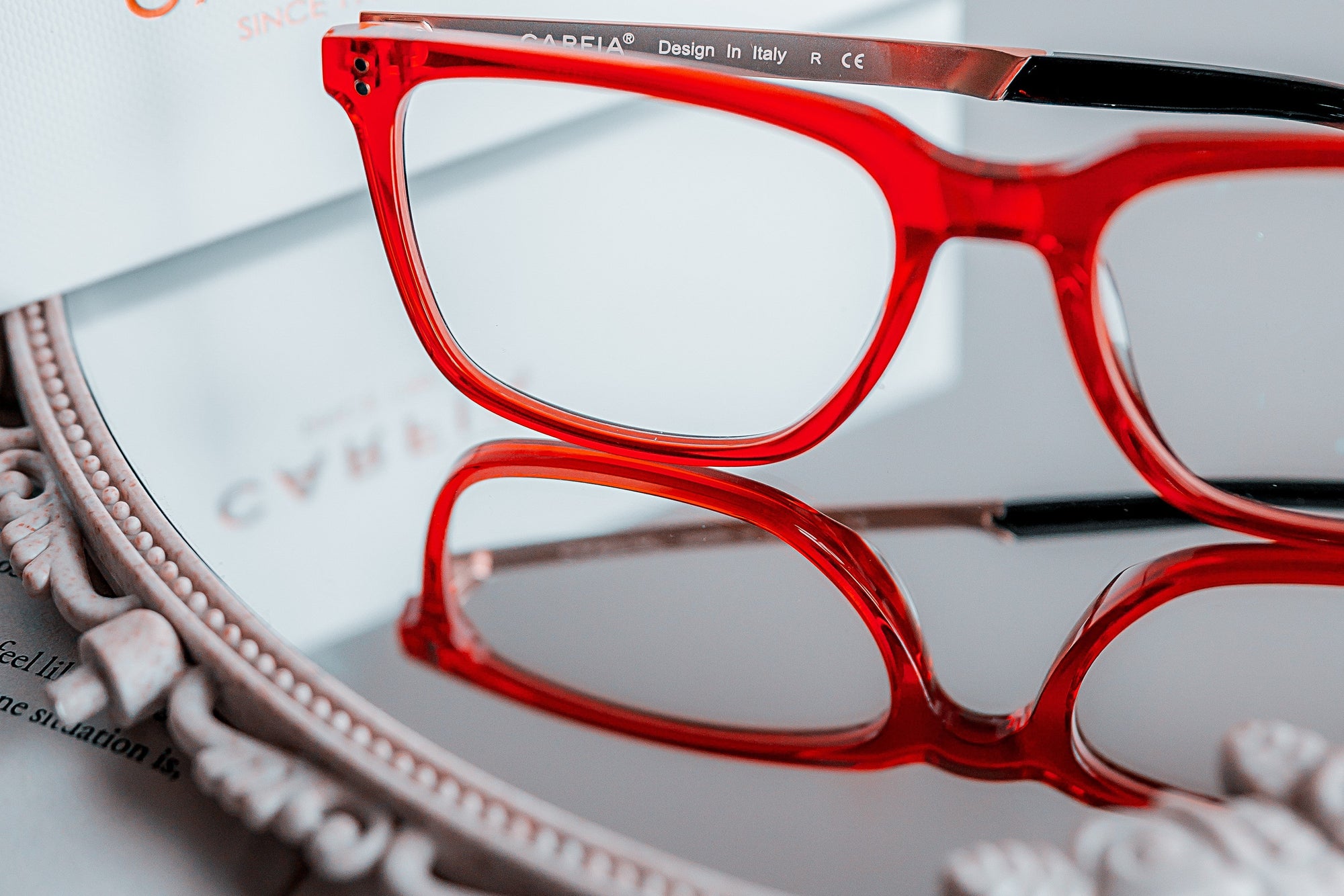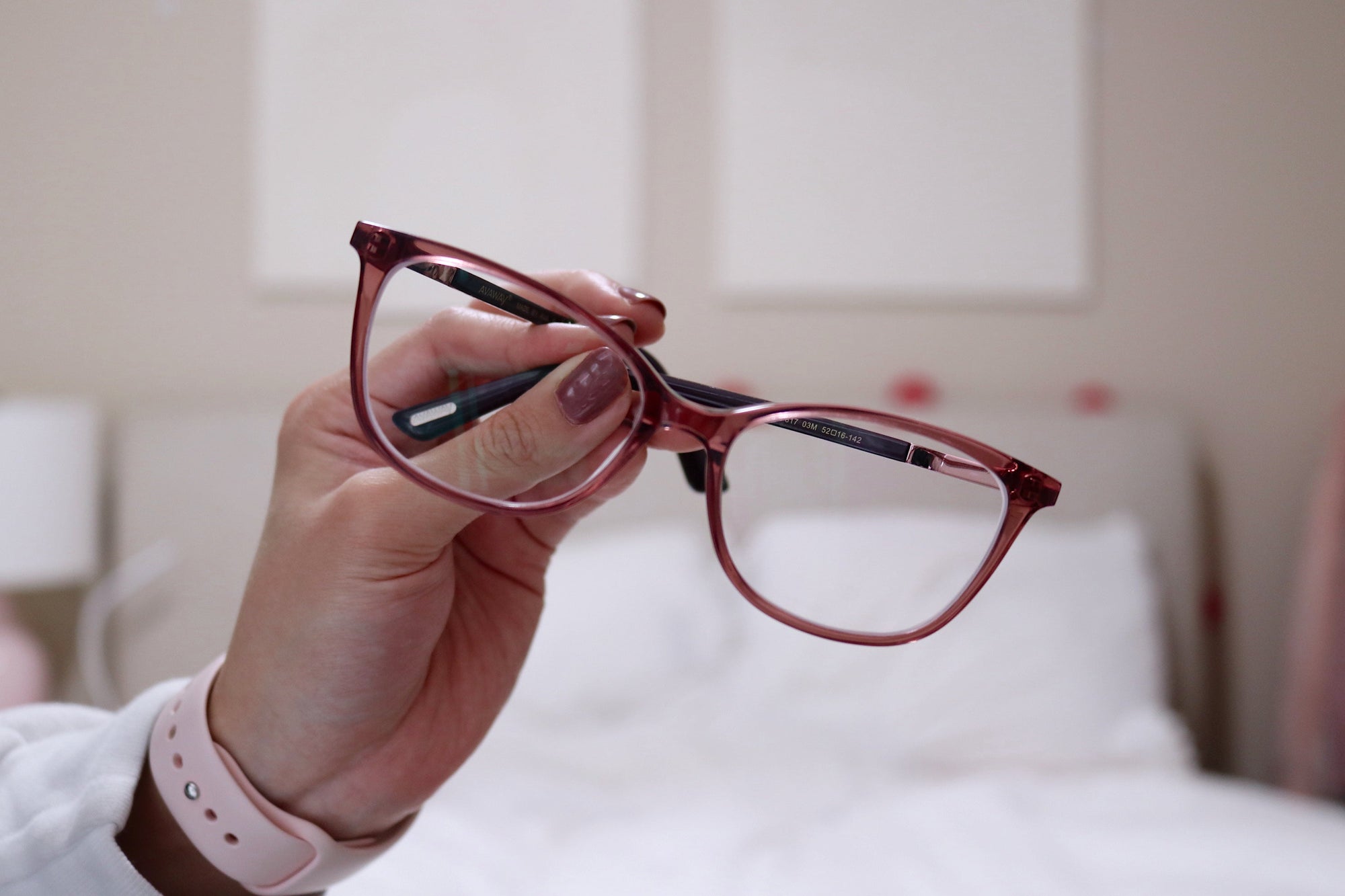Boss Orange
Boss Orange has launched its new spring/summer 2015 eyewear series, and they include sunglasses and optical frames. The new glasses embody the brand's culture and stand out with a modern, fun look. These men's and women's sunglasses and optical frames are full of modern style and use special dyeing techniques to create an attractive effect. These sleek new sunglasses and optical frames come in sheet material, with a speckled Havana front that compares apparently with the strongly colored arms.
Advantages of progressive multifocal lenses
The progressive multi-focal lens has a number of different focal points from top to bottom. There's a smooth transition between seeing far and seeing close. There is no clear dividing line in the middle, like the myopia glasses, quite beautiful, and it is not dangerous. Because the added value is continuously and slowly increased in the gradient area, the wearer can get a continuous clear vision from the far point to the near point through the progressive lenses with the appropriate head position. In line with physiological optics, They help a better adaptation. Since the lens degree changes little by little, there is no phenomenon like jumping. Because the degree of the lens is gradual, so the vision from far to near changes slowly increase, which will not produce the adjustment of the eye fluctuation. It is not easy to cause visual fatigue. Without a degree line, the appearance will be more beautiful. Clear vision can be obtained at all distances within the visual scope. A pair of glasses satisfies both close and middle distances.
How to Test Blue Light Glasses (Amber and Red Lenses)
This section will show you how to test blue light glasses with amber or red lenses.
1. The Black and Blue Squares Test
1. Prepare black and blue paper.
2. Wear your blue light glasses after sunset and check whether both paper appear black.
3. If they do not appear black, your blue light glasses can’t block all blue light.
2. RGB Color Chart Test
1. Prepare an RGB color chart as follows.
2. Wear your blue light block glasses and look at the chart.
3. After wearing blue light blocking glasses, if the B section becomes black and the G section becomes darken, it shows that your blue light glasses block blue light and some filter some green light.
4. The less bright the green circle with your blue light glasses, the better they are.

Besides the above ways, you can ask the professional optician to perform a professional blue light glasses test, which would be more reliable. After that, you can know whether your glasses work effectively to block blue light.
What’s more, if you want to purchase a pair of effective blue light blocking glasses, you can try Koalaeye Optical. It is cheap and provides free shipping services.
The origin of aspheric lens
The Visby glasses, unearthed in Gotland, Sweden, are the earliest aspheric lens found. The Vikings in the 11th century used it as a magnifying glass, and some of the best ones were made of silver, making them look like handicrafts. In 1667, Francis Smethwick grinds the first high-quality aspheric lenses and presents them to the Royal Society. That's a telescope with three aspheric elements. In 1956, Elgeet, which originally designed and manufactured optical instruments for the U.S. Navy, produced the world's first mass-produced aspheric lens for photography (Golden Navitar 12mm F1.2) for a 16mm film machine. Today, aspheric lenses are found in everything from tall telescopes to missile guidance systems to camera lenses. In the glasses we wear, the aspheric lens is familiar to consumers.
Persol PO2469V
If you want the best men's glasses with the best name and price, there's an Italian designer brand Persol. The steel frames come in eight different colors, from bold black and gold to soft gray. These frames provide what Persol calls Meflecto, a flexible stem system that eliminates pressure on the head.
Ray-Ban's clear glasses are of high quality.
As a high-end glasses brand, Ray-Ban leads the youth fashion, frame technology, and style design breakthroughs and innovations. In the shape of the design, the Ray-ban myopia glasses use ergonomic principles and are very consistent with the considerate surface type. They are safe, natural, and comfortable to wear. In the design of the frame, the use of double screws, so that the lens fixed is very stable. And the weak arm end design can be adjusted according to the profile of the face, easy to wear, very bright, and shiny in the vividness of color.
Color process of Contact lenses
Pigment printing process
It refers to the direct printing of pigments or patterns on the inside of the lens and then drying, which is the main production process of poor-quality chromatic contact lenses. Usually, small factories and small workshops use this method. The lens is being phased out because the pigment can easily seep out from the surface during wearing, causing discoloration and staining, and irritation to the eyes, which is a big risk.
Pigment build-in process
To be specific, the lens made by sandwich technology is a three-layer structure, the front and rear are colorless transparent layers, and the middle is a colored layer. After the processing of sandwich technology, the color layer is wrapped in the middle of the front and rear transparent layer, so that the pigment will not contact the eyes, which will not cause irritation and injury to the eyes. The downside of this process, however, is that the lenses are slightly thicker than normal contact lenses and are less oxygen-permeable, so they are not suitable for long-term wear.
The pressed film manufacturing process
This is a relatively new method of a similar sandwich process, and the color (pattern) is also made between the front and rear layers of the lens. But the color (pattern) is used to fill in the film process. During lens curing, the pigment seeps into the material instead of sticking to the surface. It feels as if the lens is covered in color within a single layer. This reduces the middle layer and makes the lens thinner, which naturally makes it more comfortable and permeable to oxygen.











































